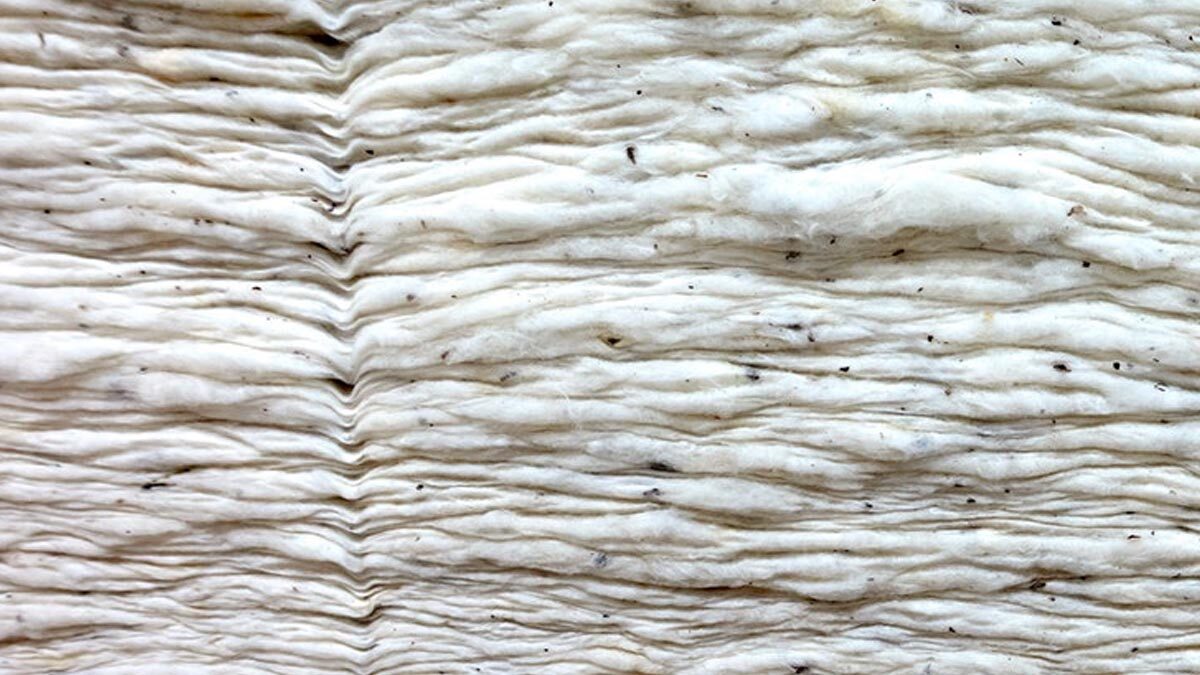The organic movement, if you will, is growing steadily in popularity and recognition. Not too long ago, it was a rare site to see organic anything. In the past 10-15 years it has been making its way into our homes little by little, until now. Organic cotton companies alone are reporting product sales growing at more than 40 percent a year.
No too bad considering organic products used to be considered the proverbial “red-headed step child“. Now, consumers are more aware and savvy as information about chemical toxins used in the growing and processing of our foods and clothing is more easily accessible. With the explosion of the internet in the past 10 years, information is a mere click away, and people are clicking.
As shoppers see articles filled with staggering statistics on chemicals used in growing and processing crops, they are starting to pay attention. The harmful effects on our bodies as well as the detrimental effects on our Mother Earth can be mind blowing when researched.
Chemically laden, commercially grown foods are considered to have a fraction of the nutritional value due to soil nutrient deficiencies. There are many studies, with research of more than 200 papers published on the subject, differing outcomes, differing opinions. Regardless, the fact remains, crops grown in the absence of pesticides, herbicides and chemical fertilizers are going to be healthier for our bodies and our environment.
While conventional farming dumps millions of pounds of fertilizers, herbicides and pesticides per year into our soil, air and water ways, organic farming enhances soil fertility and biodiversity, according to findings from a 21-year field trial initiated by the Research Institute of Organic Agriculture (FiBL) in Switzerland.
The wave of organic foods has been hitting for sometime, seeing produce in the conglomerate shopping chains, not merely specialty shops, is more commonplace . But in the most recent years, organic growing practices have moved into our clothing and home furnishings. Ranging from organic clothes for adults through babies, to sheets, towels and even mattresses. Cotton may be leading the way, but say hello to hemp, linen and organically raised sheep for wool.
Clothing and bedding embedded with chemical toxins from growing to processing to finishing are now unacceptable to many. In the child and baby arena, it is getting even more so. As concerned consumers (and parents) start to research or happen by an article with vital information on poison exposure, they are finding that children and infants are uniquely at risk from pesticides because of physiological susceptibility and greater relative exposure.
Three major factors are particularly important
- Chewing on clothing, crawling outside or on floors, make children more exposed to chemical toxins.
- Children’s bodies and brains are still developing and maturing.
- Per unit of body weight , children consume more food and fluids than adults, which may contribute to increased toxic exposure.
Thus environmental poisons can have more serious effects on children. According to Pesticide Action Network North America (PANNA), conventionally grown cotton uses more insecticides than any other single crop and epitomizes the worst effects of chemically dependent agriculture. Each year cotton producers around the world use nearly $2.6 billion worth of pesticides — more than 10% of the world’s pesticides and nearly 25% of the world’s insecticides.
Cotton growers typically use many of the most hazardous pesticides on the market including aldicarb, phorate, methamidophos and endosulfan. Cotton pesticides are often broad spectrum organophosphates–pesticides originally developed as toxic nerve agents during World War II–and carbamate pesticides.
Pesticides used on cotton–even when used according to instructions–harm people, wildlife and the environment. These pesticides can poison farm workers, drift into neighboring communities, contaminate ground and surface water and kill beneficial insects and soil micro-organisms. The fabric of our lives may be more accurately coined the fabric of our illnesses.
Considering the susceptibility of our babies, is it any wonder that organic cotton would be a health saving choice. Consider how many hours a baby sleeps, about 60 percent of the time, imagine the amount of poisons breathed in, absorbed or ingested just from crib sheets. Examine also the clothing they wear, now we are talking over 95 percent of the day. Ever see how enamored they can be with a sleeve, chewing away…
As consumers we need to be aware of what is out there, embedded in every fiber of our clothing, sheets or home furnishings. Organic products, including baby organic, are becoming more easily available and affordable. Don’t you and your children deserve the health benefits of pure organic cotton? This article only brings the subject to your attention, there are some fabulous resources out there with an abundance of statistics and information.
Barbara Hodal is a chiropractor and owner of Crystal Baby Organics, an online organic baby boutique.
PANNA or the Pesticides Action Network of North America is one of these magnificent resources with an expansive library to further investigate the effects of conventional growing practices. Take the time to review some of these informative articles and reports, you will be glad you did. They focus on pesticide use and genetically modified food and products.
Visit https://www.panna.org/
We found this great resource on organic cotton. Visit https://organiccottonplus.com/ and click their INFO page for more info. 🙂
Post facto: Crystal Bay Organics is no longer in operation.
Words mean things. Organic literally means based on Carbon, the element, or derived from living matter. That infers carbon-based life. As a marketing guy, I’m amazed the organic is branded to mean, made without chemical or added stuff. It is so fuzzy and unscientific, but there you have it.
